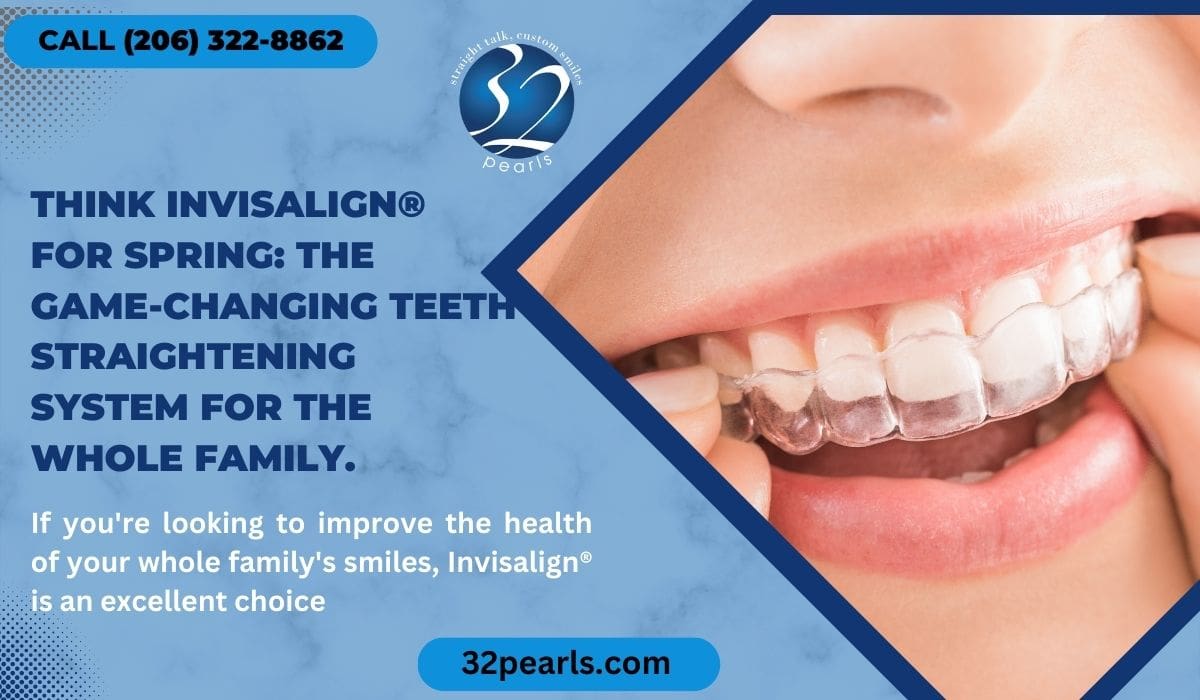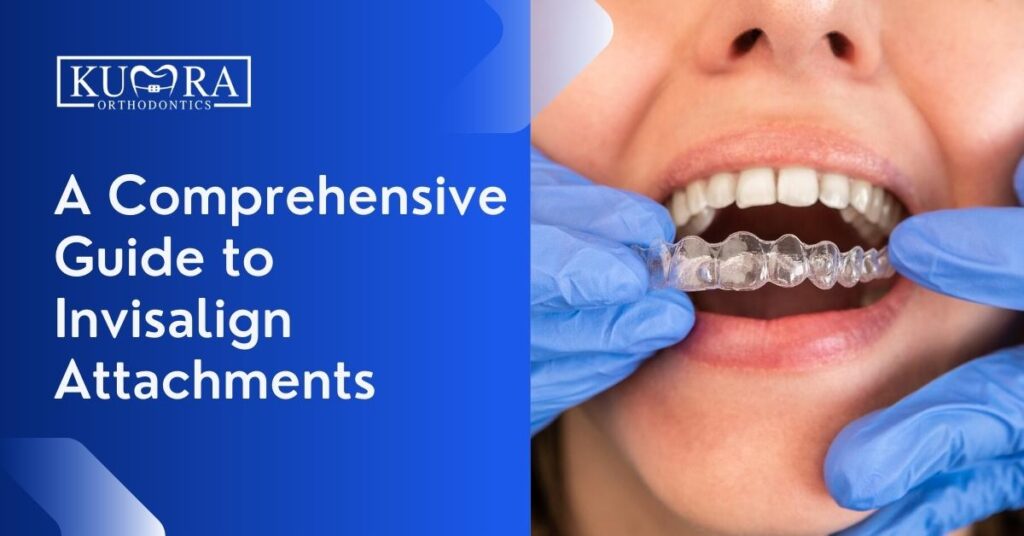Preserving Oral Health While Using Invisalign: Tips for a Smooth Experience
Preserving Oral Health While Using Invisalign: Tips for a Smooth Experience
Blog Article
Invisalign vs. Standard Braces: Which Choice Is Right for You?
When thinking about orthodontic treatment, the option between Invisalign and conventional braces provides numerous important elements that warrant mindful examination. Invisalign provides a discreet option with detachable aligners, while standard dental braces give a more visible yet efficient remedy for severe imbalance. Each choice includes distinct advantages and downsides connected to looks, comfort, therapy period, and expense. Comprehending these subtleties is essential for making an informed decision that aligns with your individual choices and lifestyle. The question continues to be: which alternative will best fulfill your orthodontic requirements and expectations?
Overview of Therapy Options

In comparison, standard braces contain metal braces and cables that are bonded to the teeth. This technique uses continuous stress over time to attain positioning. While effective for complicated orthodontic concerns, conventional braces need normal gos to for modifications and can pose challenges in maintaining oral hygiene due to the difficulty of cleansing about brackets and wires.
Both choices have their values, and the selection typically hinges on specific dental conditions, lifestyle preferences, and individual compliance. Inevitably, consulting an orthodontic expert is critical for determining the most suitable therapy strategy customized to specific requirements. Understanding the subtleties of each alternative can dramatically affect the total success of orthodontic treatment.
Aesthetic Factors To Consider
A considerable element affecting the choice in between Invisalign and typical braces is the visual appeal each treatment uses. Invisalign aligners are crafted from clear plastic, making them practically invisible when put on. This discreet appearance is especially attracting teenagers and adults who might feel uneasy concerning their orthodontic therapy. The capability to maintain an all-natural smile throughout the placement procedure can significantly enhance the client's confidence in expert and social setups.
On the other hand, standard dental braces include steel braces and cables, which can be more noticeable. While innovations in orthodontic modern technology have brought about the growth of smaller brackets and tinted elastics, typical braces still keep an even more conspicuous account. For some individuals, the exposure of dental braces may deter them from looking for needed therapy.
Eventually, the option between Invisalign and standard dental braces might depend upon personal preferences pertaining to looks. Patients who focus on discernment commonly lean towards Invisalign, while those that are much less concerned about visibility might select typical braces. Comprehending the aesthetic effects of each choice is vital for making an educated choice that straightens with one's way of living and choices.
Comfort and Convenience

In regards to convenience, Invisalign aligners are removable, allowing patients to enjoy their preferred foods without constraint Visit This Link and preserve optimal dental hygiene. Brushing and flossing are streamlined, as the aligners can be secured throughout these regimens, whereas standard dental braces require cautious steering around brackets and cables.
In comparison, standard dental braces necessitate regular changes, making them less convenient for those with busy timetables. Overall, the comfort and benefit of Invisalign make it an attractive choice for many individuals looking for orthodontic treatment.
Therapy Duration and Efficiency
While both Invisalign and typical braces work in fixing dental misalignments, the duration of treatment can vary dramatically between the two alternatives. Generally, Invisalign therapy can take anywhere from 12 to 18 months, relying on the complexity of the case. The clear aligners function by gradually moving teeth right into their preferred settings, and routine follow-ups with an orthodontist assistance ensure development remains on track.
On the other hand, traditional dental braces frequently require a longer commitment, typically varying from 18 months to three years. This is because of their fixed nature and the usage of braces and wires, which can be extra reliable for complex cases and severe misalignments (Invisalign). The treatment effectiveness of standard dental braces is well-documented, as they enable for exact changes and higher control over tooth activity
Eventually, the selection in between Invisalign and conventional dental braces may hinge on both the awaited treatment period and the details oral problems handy. Consulting with an orthodontist is important, as they can provide tailored recommendations based upon individual needs, making sure the selected technique straightens with preferred end results and durations.
Cost Contrast and Insurance Policy Options
Expense plays a considerable function in the decision-making process for individuals thinking about orthodontic therapy, whether selecting Invisalign or conventional dental braces. Usually, the expense of Invisalign varieties from $3,000 to $8,000, while traditional dental braces normally set you back between $2,000 and $6,000. Aspects influencing these prices check my site include the complexity of the situation, the duration of treatment, and geographical location.
Insurance protection can click for info dramatically affect out-of-pocket costs. Lots of dental insurance policy strategies provide partial protection for orthodontic treatments, however the specifics can differ extensively. It is essential for patients to examine their insurance policy plans to determine the extent of coverage for either option. Usually, conventional braces might be more frequently covered by insurance plans compared to Invisalign, which some insurance providers categorize as a cosmetic procedure.
In addition, numerous orthodontic techniques use adaptable settlement plans, making both therapy choices more easily accessible. Patients need to ask about potential financing alternatives and discounts for ahead of time settlements. Reviewing the overall expense, including insurance advantages and layaway plan, is necessary for making a notified decision that straightens with both visual preferences and budget plan considerations.

Conclusion
In recap, the option in between Invisalign and traditional dental braces rests on several elements, consisting of visual preferences, convenience, treatment duration, and price. Invisalign offers a very discreet, removable choice that helps with dental health and dietary flexibility, while traditional dental braces might be much more appropriate for complex oral problems and frequently come at a reduced cost factor. Ultimately, consultation with an orthodontist is important to examine private conditions and establish one of the most proper therapy option for accomplishing optimal oral alignment.
When taking into consideration orthodontic treatment, the option in between Invisalign and standard dental braces offers numerous essential variables that warrant careful analysis.Contrasting Invisalign and conventional braces reveals distinctive treatment choices for orthodontic modification.While both Invisalign and standard braces are efficient in remedying oral imbalances, the period of therapy can vary dramatically in between the 2 options.Price plays a considerable function in the decision-making process for people taking into consideration orthodontic treatment, whether choosing for Invisalign or traditional dental braces.In recap, the option between Invisalign and traditional dental braces pivots on multiple elements, including visual choices, comfort, therapy period, and cost.
Report this page